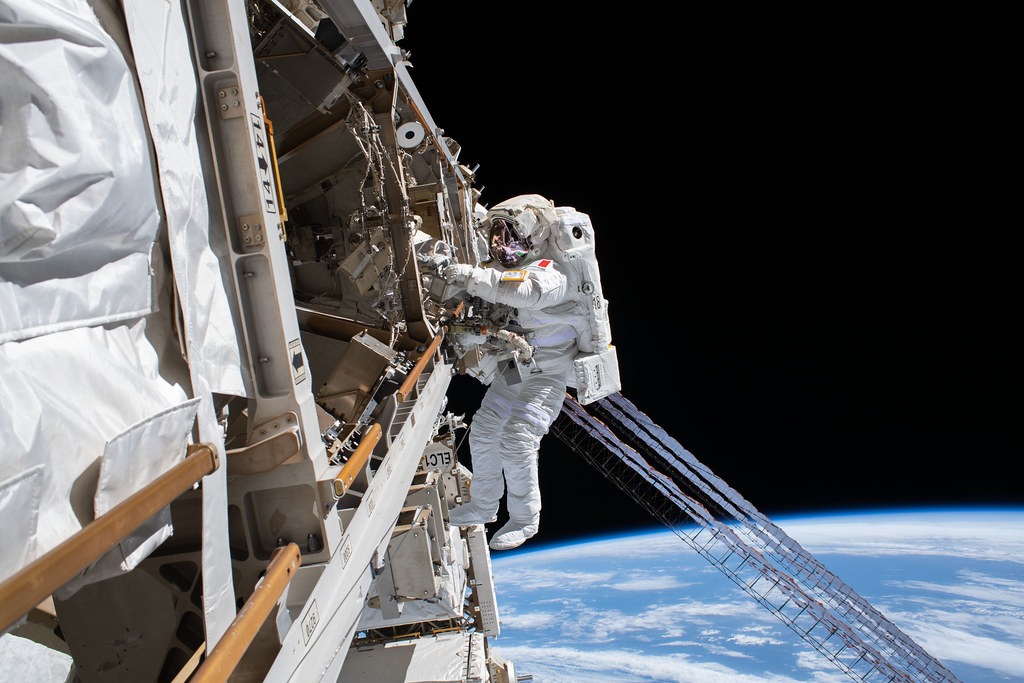The ISS (International Space Station) is a joint collaboration between NASA (United States), Roscosmos (Russia), JAXA (Japan), ESA (Europe), and CSA (Canada). On the other hand, the Tiangong space station is constructed and controlled solely by the China Manned Space Agency. Here, we are going to look at the physical structure, scientific capabilities, instruments, and equipment used in them and much more, thus comparing the ISS vs Tiangong Space Station. These two are the only space stations that are currently operational.
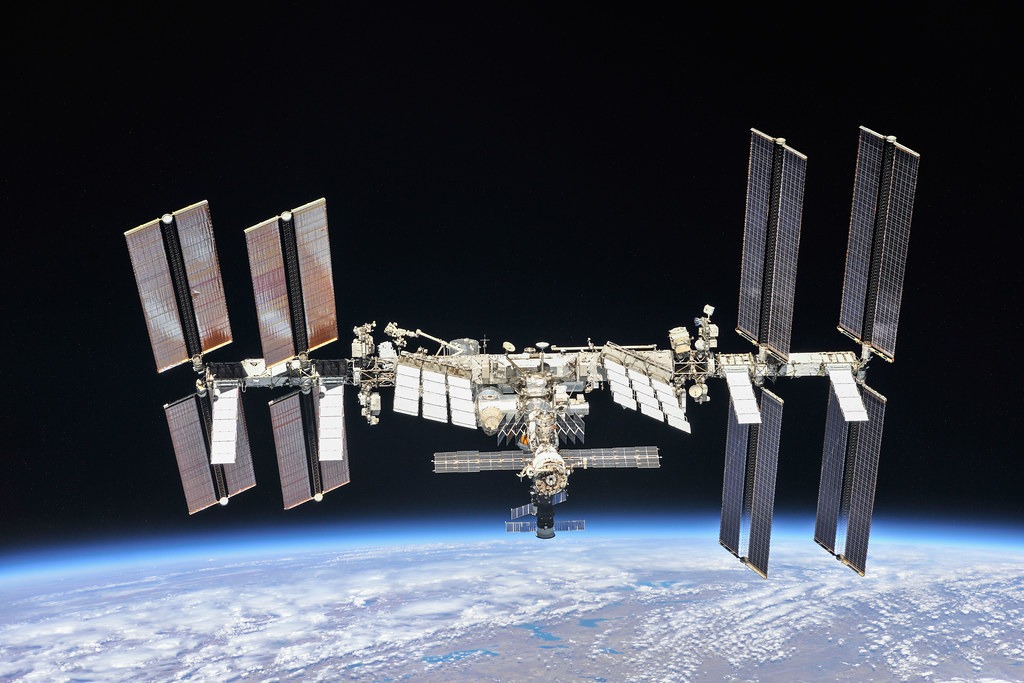
The ISS was launched in 1998 and took around 10 years and 30 missions to get fully assembled. It is the most costly thing ever made, costing $150 billion for design and construction. Its operational life is expected to last at least until the year 2030. The Tiangong Space Station is a newly built space station by China and was launched on 29 April 2021. It is made up of three modules: Tianhe, Wentian, and Mengtian. Its operational life is around 10-15 years. Both stations are placed in low Earth orbit and are at 400-450 km above the surface of the Earth.
Table of Contents
International Space Station ISS Vs Tiangong Space Station
1. Size and Structure
The ISS is significantly larger in terms of size and mass compared to the Tiangong space station. The size of the ISS is similar to that of a football field. Tiangong’s efficient and modern design is the reason behind its smaller size. The ISS has around 100 tonnes of additional truss (binding framework) weight used for securing and binding solar panels and some modules, whereas Tiangong eliminates most of this due to its area usage effectiveness.

| International Space Station | Tiangong Space Station | |
| Mass | 450,000 kg (990,000 lb) | 100,000 kg (22,000 lb) |
| Length | 109 m | 55 m |
| Width | 73 m | 39 m |
| Total Modules | 16 | 3 |
2. Energy Production: Solar Panels
The ISS uses traditional photovoltaic cells for its solar panels, whereas Tiangong uses gallium arsenide photovoltaic cells for its energy generation (sunlight -> electricity). This technology is more efficient, heat-resilient, and effective for a longer period of time. Because the ISS uses an older form of solar panels, it needs to have a higher number of panels to produce the same energy that Tiangong can generate with fewer panels. This is why the ISS’s solar panels are larger and more numerous, contributing to its bigger size keeping in mind its higher energy demand as well in comparison with Tiangong.
3. Astronaut (Crew) capacity
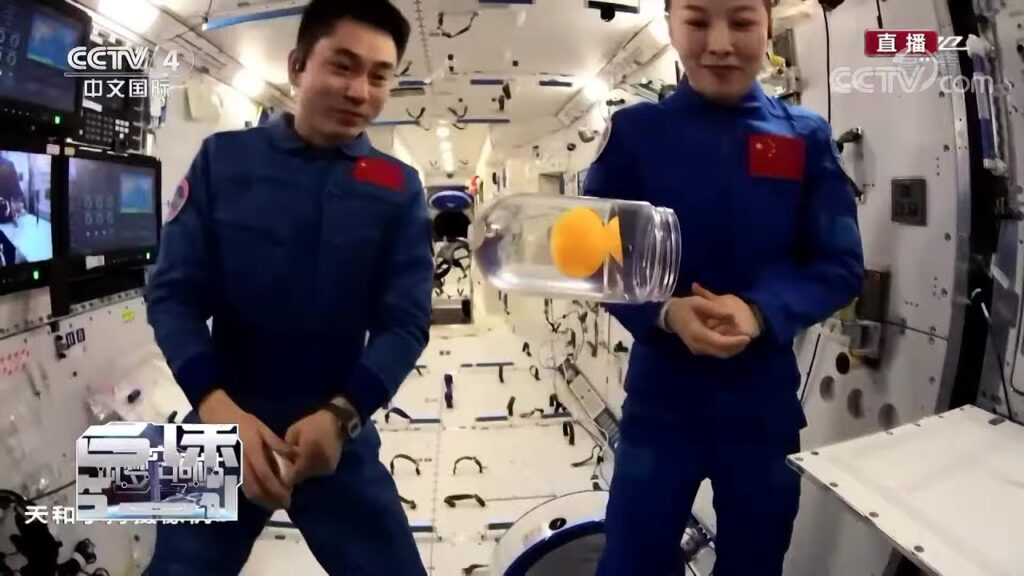
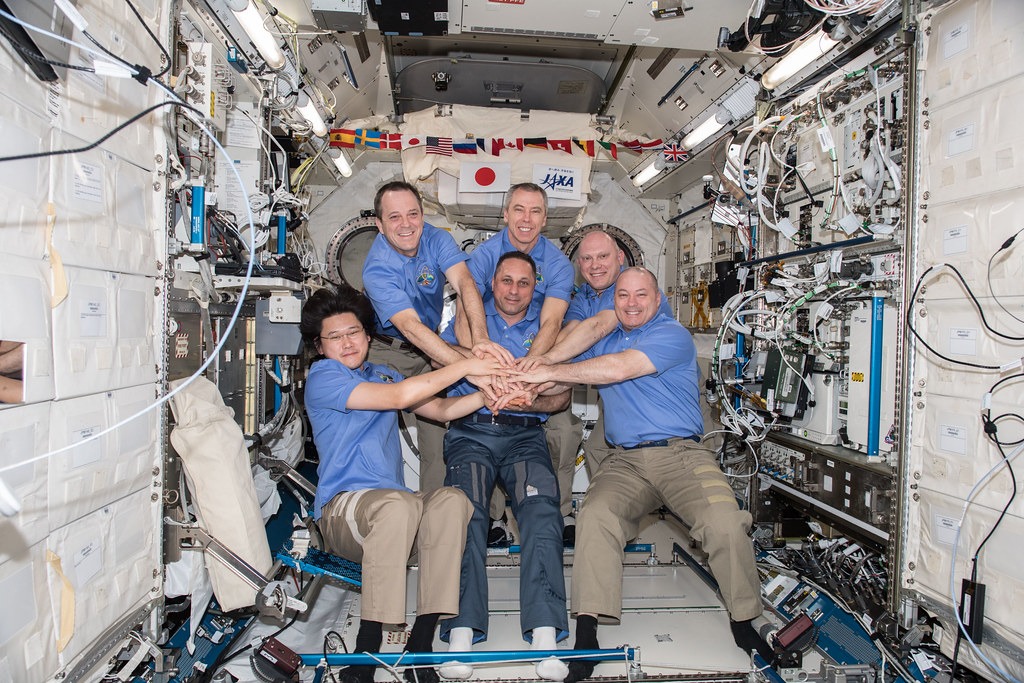
The ISS has continuously housed crews of six astronauts for decades, with the ability to accommodate up to 13 during crew rotations. Tiangong operates with three taikonauts for six-month stays, and during crew handovers, it can accommodate a maximum of six taikonauts. A higher number of astronauts can be associated with a higher number of experiments conducted in the space station.
4. International Collaboration
The ISS justifies its name, “International,” by participating and collaborating with numerous space agencies and countries, along with private companies such as SpaceX. On the other hand, the entire scientific experimentation and station handling of Tiangong are currently managed solely by China. However, China has expressed its eagerness to collaborate internationally, and their state media has reported that many countries have shown interest in sending their astronauts to Tiangong.
5. Interior Design
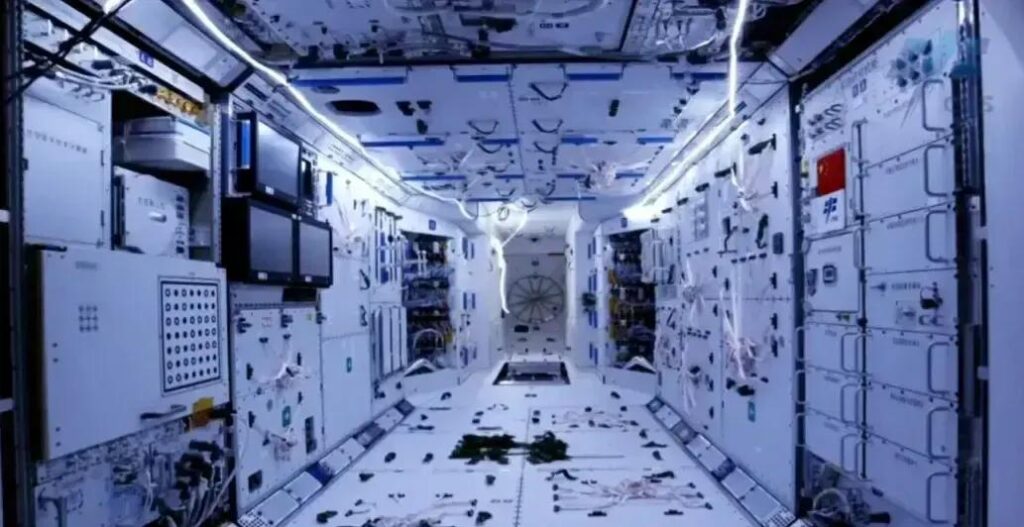
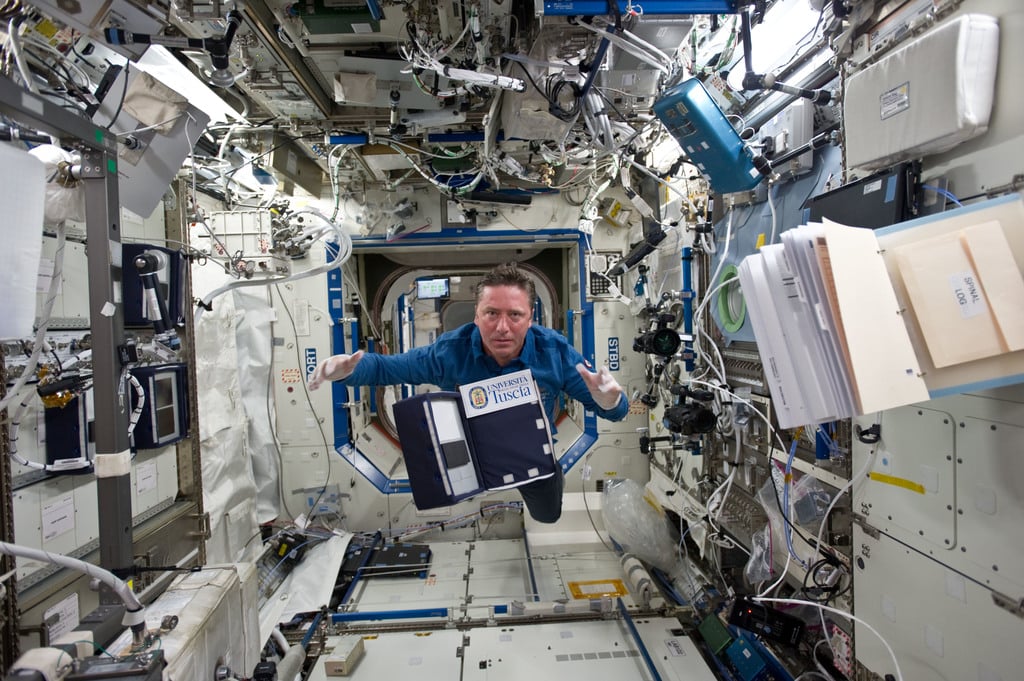
The ISS’s interior looks very complex and outdated. Tiangong’s interior is much cleaner and simpler, providing astronauts a tidy environment for living and conducting experiments. Most of the advanced electrical components are hidden under panels, unlike the ISS. Famous NASA astronaut Scott Kelly has also pointed out this difference in the interior appearance.
6. Propulsion
For navigation, propulsion, altitude control, debris avoidance manoeuvres, the ISS uses liquid fuel rocket thrusters. Every year, the ISS needs about 7,000 kg of propellant. Tiangong, on the other hand, uses highly advanced ion thrusters for its movement. It has four hall effect thrusters attached to the Tianhe module. This allows Tiangong to be more fuel-efficient and to operate the space station as long as there is electricity, unlike the ISS, which requires tonnes of fuel.
7. Research Capabilities
In Tiangong, there are 23 experimental racks in the pressurised, enclosed environment. It conducts experiments on space life sciences and biotechnology, fundamental Physics in microgravity, material science, microgravity fluid physics and combustion etc. Research potential is greater in ISS along with the laboratory area as it has more number of modules. It conducts variety of scientific researches in the field of astrobiology, astronomy, material science, physical sciences, meteorology, space weather, and human sciences like space medicine and the life sciences.
8. Scalability
ISS is gigantic and has lot of ongoing requirements energy wise and space restrictions, thus expansion will be a tedious job. The Tiangong is a new space station and there are newer modules which are yet to join which soon will double its mass. Currently it is only 50% of what CMSA has planned to achieve the ambitious targets.
Conclusion
Space stations are truly engineering marvels that have helped humanity explore the behaviour of critical aspects in zero gravity, learn how living organisms might act on different planets and in space, create artificial environments, and understand the vastness and origin of our universe. The space race has started again in full swing, much like during the Cold War between the USSR and the US, but this time, China has emerged as the formidable competitor challenging the US. Both the countries are already involved in the ongoing chip war and are heavily investing in both the fields. US law has banned any kind of collaboration of NASA with China’s space agency due to acquisition of Chinese military’s direct with their space agency.
There are countries such as Russia and India who have plans to build their own space stations in future. It will be interesting to see how the space dynamics gets changed in the upcoming years. Until other players join the race and NASA comes with a replacement of the ISS in future as its life is going to end soon, ISS Vs Tiangong Space Station will remain the main centre of attraction amongst everyone. In the discussion of ISS vs Chinese Space Station, it is obvious that both the stations excel in their specific aspects. Ultimately all of this will benefit the whole humanity in form of new inventions and discoveries.
